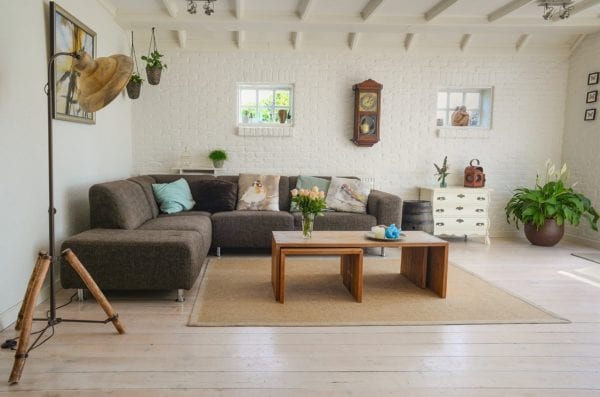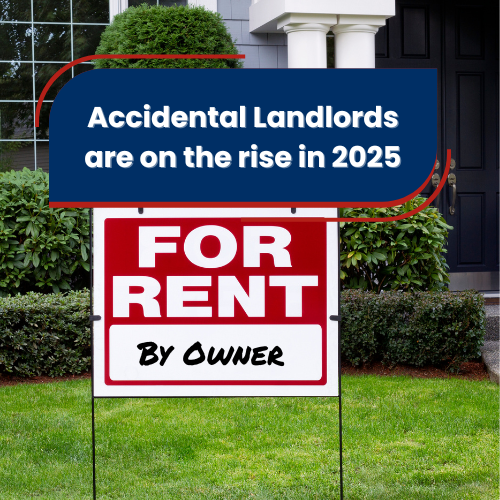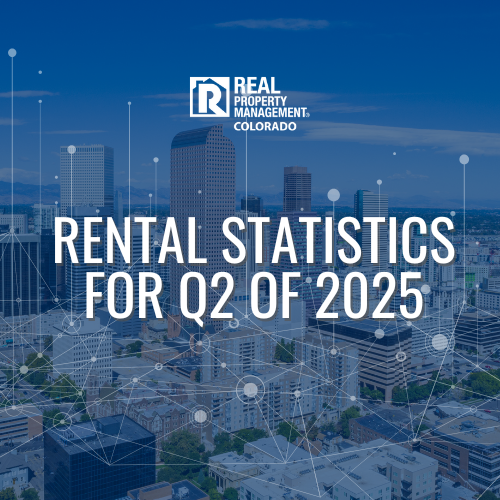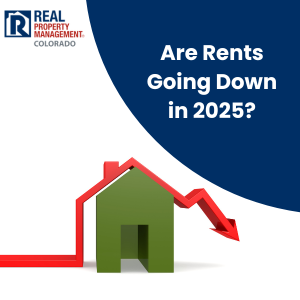To furnish or not to furnish? It’s a question just about every landlord asks when it comes time to advertise their rental property. And just like any other part of property management, there are a lot of pros and cons. So how much should you include with your rental property?
The Furnished Rental Basics

Just about every tenant expects some level of furnishings to be included with a rental property. Kitchen appliances are a given. Many tenants prefer to have a washer and dryer included. Blinds or some type of window covering are usually expected as well. These are the furnished rental basics. However, when it comes to bigger items, the question of whether or not to offer a rental furnished has a few additional points to consider.
Short Term or Long Term?
The first question to consider is how long you’re leasing your property for. Most tenants looking for long-term rentals come with their own furniture and don’t necessarily want yours. On the opposite side of the spectrum, those seeking out a short-term, corporate, or vacation rental expect it to be furnished. They don’t want to unpack and repack repeatedly.
Pros and Cons
When it comes to offering a standard long-term rental, there are more cons than pros for furnishing a rental. While you do have the potential to collect a higher rent for a furnished unit, the increased revenue may not outweigh the increased risk and time associated with furnishing your rental. The first thing to consider is tenant taste. By requiring tenants to use and maintain your furniture, you drastically reduce the pool of potential tenants looking at your property. They may like the property but are turned off by the prospect of using and maintaining your personal items instead of their own. Are you willing to let your property sit vacant that long just to keep the furniture in place?

And what happens if the furnishings are damaged? Many tenants move or store items left behind so they can use their own instead, so what happens if they do so incorrectly? Not only do you have to conduct a thorough inspection of the property prior to move-in, but a list of all included furnishings and pictures of their condition is a requirement. Not only does this take up a significant amount of time, but all of the other considerations for move-out apply as well when it comes time to process the tenant’s deposit. What constitutes as normal wear and tear vs damage to your items? How do you prove it? Odds are you’re not going to be able to keep track of every ripped fiber, ding, scratch, scuff, etc. on your furniture.
Think Smart
When thinking about whether or not to furnish your rental, think smart. Weigh all of the pros and cons, the type of rental you’re offering, and how much extra time you’ll need to invest if you do want to furnish it.





